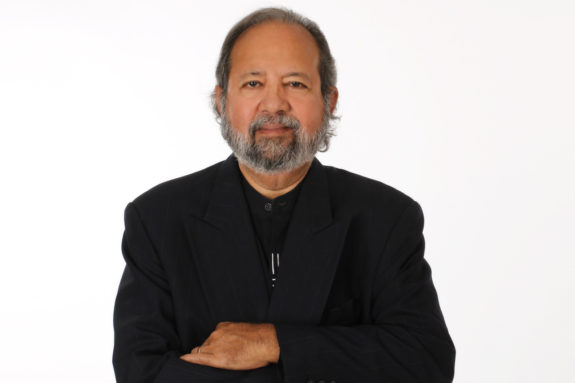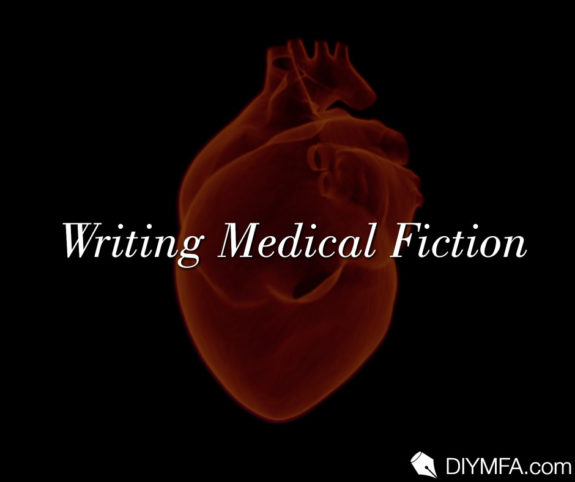Medical fiction is difficult to write for the inexperienced or novice, and moreover for those not in the medical field. However, for those facing or recovering from a medical crisis or for those whose family members or friends have gone through an ailment, the very experience: the pain and suffering and the awesome insecurities associated with disease can be sufficient fodder to write about in a non-fictional or fictional setting.
When writing, always conduct extensive research.
Undoubtedly, a lot of research is needed for those with no medical background. In this regard, assistance of someone in the field and or an expert on the subject is beneficial while writing a proposal and certainly during or after completion of the manuscript.
My novel “Have A Heart” deals with the intertwined lives of three individuals: Anna, a Russian ballerina who defects to America, develops heart failure, survives a cardiac arrest, and ultimately is in need of a heart transplant. Dr. Ali, the head of the heart transplant program at a New York Medical Center, and Nancy, Ali’s wife who dies on 9/11.
My experiences as a Cardiologist informed my medical fiction novel.
As a Cardiologist and a specialist in Heart Rhythm Disorders, I was well aware of the techniques of heart catheterization, the diagnosis and treatment of heart rhythm disorders, the technique of implanting a defibrillator, as well as the technique of heart transplant firsthand. Moreover, I knew the complex histories of patients, their trials and tribulations dealing with their heart ailments, and the long and tedious journey, a road filled with cracks and crevices while awaiting a heart transplant and post-transplant. Thus, I did not have to do any research regarding these issues; however, for someone not in the cardiology field even if she or he is a doctor, this would be a most challenging task. Being an expert in the field also has its disadvantages when writing a novel.
I wrote for the lay reader and not for the experts.
One has to carefully fine tune all the technical elements so that the writing is understood by the lay reader. I had to constantly remind myself that I am not writing for the professional, but for the reader who does not know about the complexities of heart disease and heart transplantation. This in itself is not an easy task and takes multiple revisions and re-revisions.
For the novice my advice is that writing fiction of whatever genre comes down to re-writing until you get it all together and are ultimately satisfied with the product. It is also important to get feedback, not from friends or family members, but from writers.
In this regard belonging to a writers workshop is useful. You will get many different opinions since impressions of fiction are after all subjective and not objective, unlike in the sciences. Ultimately, the author will have to decide on what advice he or she will take and what advice will be discarded. Before sending a manuscript to an agent or a publisher it is worthwhile to get a professional line editor to look at the manuscript.
Most writers do a reasonable job in editing their own writing, but in the process they are apt to miss spelling mistakes, commas and the like for the simple reason that they have read the manuscript so often, perhaps a hundred times or more and therefore the mind is unable to recognize errors in writing and syntax.
I researched a variety of topics outside of medical fiction.
It is noteworthy that my novel not only deals with medical issues, but also ballet, religion, culture, the political upheavals of our times, including 9/11 and its consequences, as well as the search for inner truth.
I am not a ballet dancer, nor am I a critic of ballet, which is an art form I knew little about except for attending some performances. Thus, I had to do considerable research on ballet which included attending several ballet performances, and since Anna was a Russian ballerina, I visited St. Petersburg, Russia and attended the Mariinsky Theater and a performance by the Kirov Ballet. I also had to research the Islamic faith and Russian culture to better portray Ali’s and Anna’s character.
In conclusion:
Writing a novel is a complex undertaking that involves: the beginning, the middle, the end, the arc of the story, and the complexity of the characters. In this regard, one has to develop the characters and give them free reign to tell their stories and in the process create a storyline. In this novel the main protagonists: Anna, Ali, and Nancy, came from very different and diverse cultures.
Indeed in literary fiction often and in particular my case, it is the characters (the main protagonists) that create the story. They take control of the writer while writing the story. For example I knew the beginning and also knew that the novel would be about heart transplant, where one of the main protagonists would suffer from a severe cardiac ailment known as cardiomyopathy that results in heart failure and cardiac arrest. I also knew that there had to be a doctor as a main character who would provide health care for Anna, but beyond that I had no idea where I was going. I did not know how the story would unfold and the role the characters would play in the story.
I let the characters shape the story. And after the manuscript was complete, and the story unfolded, I took control of the characters during the revisions to better shape the story line. In this process, more narrative is added, some removed and a timeline is adhered to.
Good luck and all the best in your writing.

Dr. J. Anthony Gomes MD, also Antonio Gomes (nome de plume) and commonly referred to as Tony, hails originally from Goa, India. He studied both English (in Mumbai) and Portuguese (in Goa). Besides English, he fluently speaks Portuguese, Spanish, Konkani (local Goan language) and understands French and Hindi. He immigrated to the US in 1970 after medical school.
His book Have a Heart (Serving House Books, September 2020) explores the intertwined romantic and professional lives of three individuals. It explores a torpid romance between a patient, Anna, and her doctor, Ali, the clash of cultures, the political upheavals of our times, the tribulations of waiting for a heart transplant, and the search for inner truth. Fans of dance and the performance arts, films like The Red Shoes and Black Swan, and shows like ER and Grey’s Anatomy will love diving into this story.
His third book written for internists, medical students and the lay public in general is entitled: Rhythms of Broken Hearts due to be published in mid 2021.







